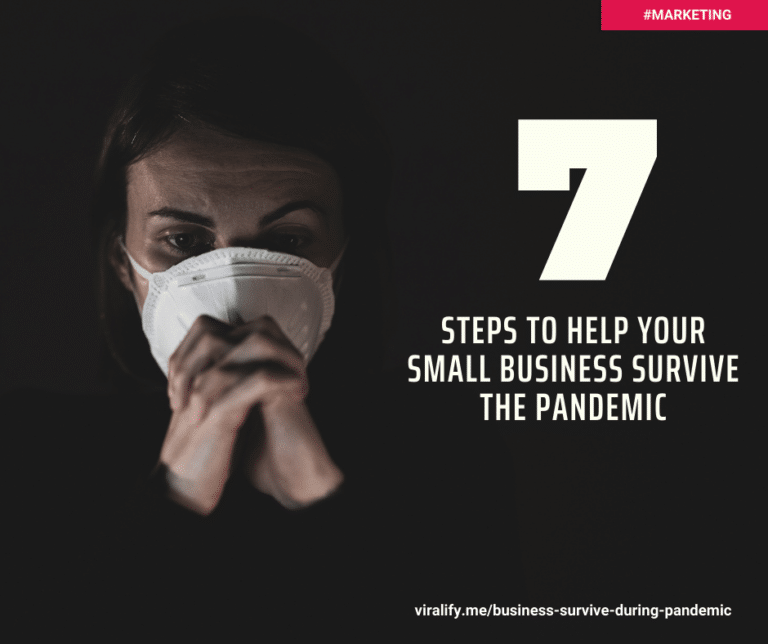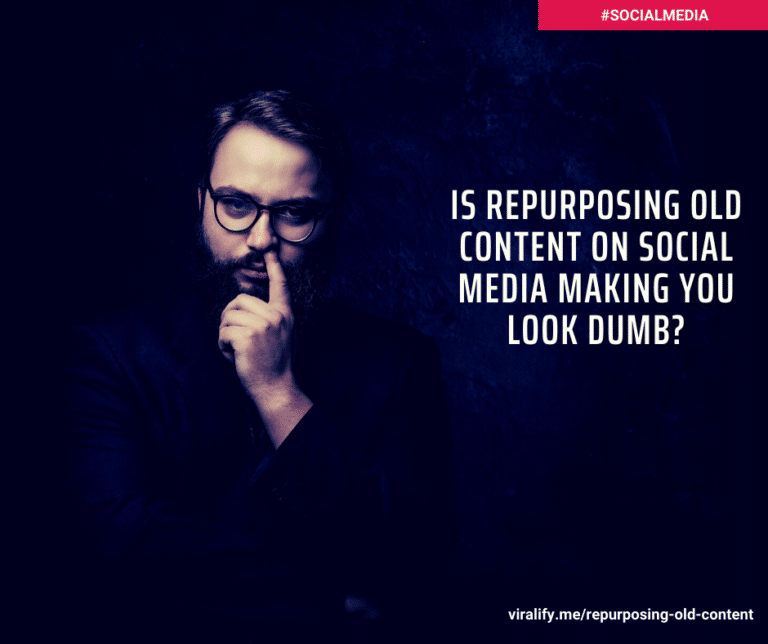What is great quality content and how to create content for your blog or website? At the heart of any successful content marketing campaign is the content itself. How do you come up with ideas? Who is going to create the content for you? How do you measure success? You must address these questions if you are going to be successful. Having access to a subject matter expert (SME) is invaluable during this process.
Hiring a writer who does not know your market is highly unlikely to yield good results unless you give him substantial time to learn your business, the competition, the marketplace, and what content is already out there. Your SME can provide a lot of value to your overall plan, and will have to either write, or review, edit, and approve whatever content you create. You don’t want to end up publishing content that is factually incorrect, or whose positioning will be bad for your brand. That said, most SMEs are not also experts at coming up with creative ideas, and it can often be tedious for them to try to brainstorm one content idea after another. Therefore, you need to come up with a process for generating such ideas on a regular basis.
How to create content by brainstorming and creative thinking?
Coming up with content ideas is one of the most important parts of a content marketing campaign. Without the right type of content, your marketing efforts will fail. You need creativity to come up with content ideas that are distinct enough to meet your needs. This is because it’s likely that there are already high quantities of content that relate to your potential topic.
Did you know that a simple search query reveals that there are more than 6,000 pages on the Web that use the phrase “building a deck” in their title.
The notion of “being creative” can be a frightening one, especially to those who do not work at it on a regular basis. However, it’s a myth that some people are born to be creative, and others are not. Success at being creative simply requires practice. Through trial and error you work out what works, and what doesn’t. In addition, active research techniques can help you come up with ideas. Here are some examples:
Internal brainstorming
Though many companies overlook it, this is often one of the best techniques to create content. Gather key members of your management and marketing teams in a conference room and brainstorm together. Chances are, there are many people who know a lot about your business, and it will surprise you how many good ideas they can come up with.
Competitive analysis
Spend time researching what content your competitors publish. Check out their sites and/or blogs in detail, and follow their social media accounts. If you have a competitor who is actively pursuing content marketing, this can be a goldmine of ideas for you. Social media research Social media sites such as Facebook, Google+, LinkedIn, and Twitter can help you generate content ideas. Follow major influencers in your market and see what content they are publishing.
Keyword research
Research what types of phrases people are searching on to see what common customer needs are. This can provide insights into what types of content are likely to draw the best engagement. Use a tool like Ubersuggest,SEM rush or similar.
Google Suggest and Bing Suggest
This approach offers similar value to keyword research, but the data is coming straight from the search engines. Find common phrase variants of what you have typed in so far, and these can give you valuable info on what users are looking for.
Question and answer sites
Some question and answer sites, such as Yahoo! Answers,Quora etc are very active. Mining these sites can also show you the types of topics that potential customers want to know about.There are many ways to learn what types of information people are looking for. This can be time-consuming research, but it is well worth the effort!
Speedstorming
You can also try different techniques to help stimulate creative thinking. One example is speedstorming, and all you need to implement this method is five people who have some familiarity with your market, five blank sheets of paper, and a watch.
Here,s how speedstorming works:
- Seat all five people at a table and give them each a blank sheet of paper. Make sure they know that during this exercise they can’t discuss their ideas or look at one another’s sheets of paper.
- Tell them all to come up with three content ideas, give them five minutes, and set the timer on your watch for five minutes.
- When the timer goes off, have the participants pass their paper to the person seated to their left.
- Repeat steps 2 and 3 five times, except the final time have everybody give their sheets to the person leading the content marketing effort. Just like that, you should have 75 ideas to consider for your campaign. Even if two thirds of the suggestions are not particularly useful, this would still leave you with 25 pretty decent ideas to start from.
What makes this process work well is that it gets all five people involved. If you were to try to do the same exercise with a whiteboard, you would likely get far fewer ideas, and some of the people in the room would contribute little, often because they are shy. This process gets everyone involved, and it’s actually fun as well!
Getting Creative Help
You can also bring in someone to help with the process. Because you can develop creative skills with practice, leveraging people who already have that practice is often quite helpful. Here are a few ways to do that:
Hire people with creative experience
Nothing’s better than making that person a full-time member of your team!
Leverage your subject matter expert
Someone who is intimately familiar with your market or technology many not be an expert at creative thinking, but their knowledge can be invaluable in recognizing interesting and/or unique ideas.
Talk to your customer service team
As the frontline with the customer, this team almost always can provide input on what types of content are in demand by your customers (and therefore your prospective customers).
Bring in a contractor
This can still help you accelerate your creative processes.
Sign on an agency
Agencies can be quite effective as well, as they can leverage their experience across many clients.
These are all great options to try to help accelerate the process. Just be aware that none of these options is a magic bullet. Prior creative experience is helpful, but you will still need to give these people time to familiarize themselves with your business, your market, what your competitors, all the things that we discuss in this chapter. In addition, before hiring anyone—employees, contractors, or agencies—review candidates’ past work, and have them show you why they are a good choice for you.Ideally, they will be able to show you what they have done in markets that are similar to yours. For example, if you operate a B2B type business, you should seek out help with prior B2B experience.
How to recycle old content?
Sometimes, the content idea you are looking for is already in the palm of your hand. For example, if you are looking for an idea for a 250-word post to put into your LinkedIn account via LinkedIn Publishing, you may already have written about something that could meet your need quite easily. Go back and review some of the recent articles that you have published as guest posts on third-party sites, or as a post on your own blog. Is there an idea that you could extract and expand upon? Perhaps you wrote only one paragraph in your original article, but it’s worth explaining in more detail. You already have your arms around the concept, so creating that 250-word version for LinkedIn (or Google+, for that matter) should be easy.
Similarly, if you are looking for a great image to put up on Pinterest, you may have already created it for one of your articles. Or, if you laid out a great 10-step process to do something in one of your articles, could you easily spin into a presentation on SlideShare? Could you film a video about key concepts in one of your articles and upload it to your YouTube channel? These are just a few examples of ways to recycle your content. Remember, each medium is different, so you need to put some effort into producing the content for that particular platform. This will inevitably morph the content somewhat, and that is where the effort will come in. However, the core concepts you are putting out there remain the same that you started with, and that is often half the battle!
What is high quality Content?
High-quality content is at the heart of achieving marketing nirvana—having a site, or a page, or a tool, or a series of videos so good that people discover it and link to it without any effort required on your part. You can achieve this, but it does require that you create content that truly stands out for the topics that your site covers, and that considers your target audience in every aspect. One factor is the content mix. You do want to create content that draws lots of attention, social shares, and links to your site. This type of content will be the driver of your site’s SEO.
However, you need to include other types of content on your site too. This can take two forms:
Content that addresses the basics of what your products and services do
This is meat-and-potatoes content that helps people decide whether to buy from you. Most likely, it will never attract links or social mentions, but it’s a core part of your site. Creating great content here is an important part of building your reputation too.
Noncommercial content that helps users in areas related to your business
This is content that also helps build your reputation in your community by providing helpful advice and information, but the number of links and social mentions it gets is relatively small. You still want this type of content on your site too.
How to write catchy blog titles and Optimize Images to trigger emotions?
Certain types of content act like a link magnet—getting lots of social shares, +1s, likes, pins, and other social actions. What are the keys to achieving this? Content that generates an emotional reaction is usually what gets shared and linked to the most.
The more the reader can relate to it, the better. None of this will work for you unless you get someone to look at your content. Two of the most important factors in making that happen are the title of the article, and the initial image you associate with it. If these can generate an emotional response from your target audience, your chances of success go up significantly.
[ss_click_to_tweet tweet=”Titles evoke an emotional response from the audience that sees them.” content=”Titles evoke an emotional response from the audience that sees them.” style=”default”]
You want to pay more taxes for driving? Bill and Hillary are not paying theirs? That rich capitalist did what?
The headline alone compels readers to look closer to get more information. Most of these posts also have a photo or image that pulls readers in further once they click the link. The initial image in the article is also a big factor in how much your article will be shared or mentioned in social media. You can use a Google image search to help you find images that evoke emotions in line with the title of the article. Use this approach only to get ideas, then take the steps to locate images for which you can obtain the proper license to use. If that license requires that you provide attribution, make sure you do that as well. The impact of images is quite notable.
In December 2014, coauthor Eric Enge published a study that showed including images in a tweet more than doubles the number of retweets your tweets will get (on average)The titles evoke an emotional response from the audience that sees them. You want to pay more taxes for driving? Bill and Hillary are not paying theirs? That rich capitalist did what? The headline alone compels readers to look closer to get more information. Most of these posts also have a photo or image that pulls readers in further once they click the link.
The initial image in the article is also a big factor in how much your article will be shared or mentioned in social media. You can use a Google image search to help you find images that evoke emotions in line with the title of the article. Use this approach only to get ideas, then take the steps to locate images for which you can obtain the proper license to use. If that license requires that you provide attribution, make sure you do that as well. The impact of images is quite notable.















